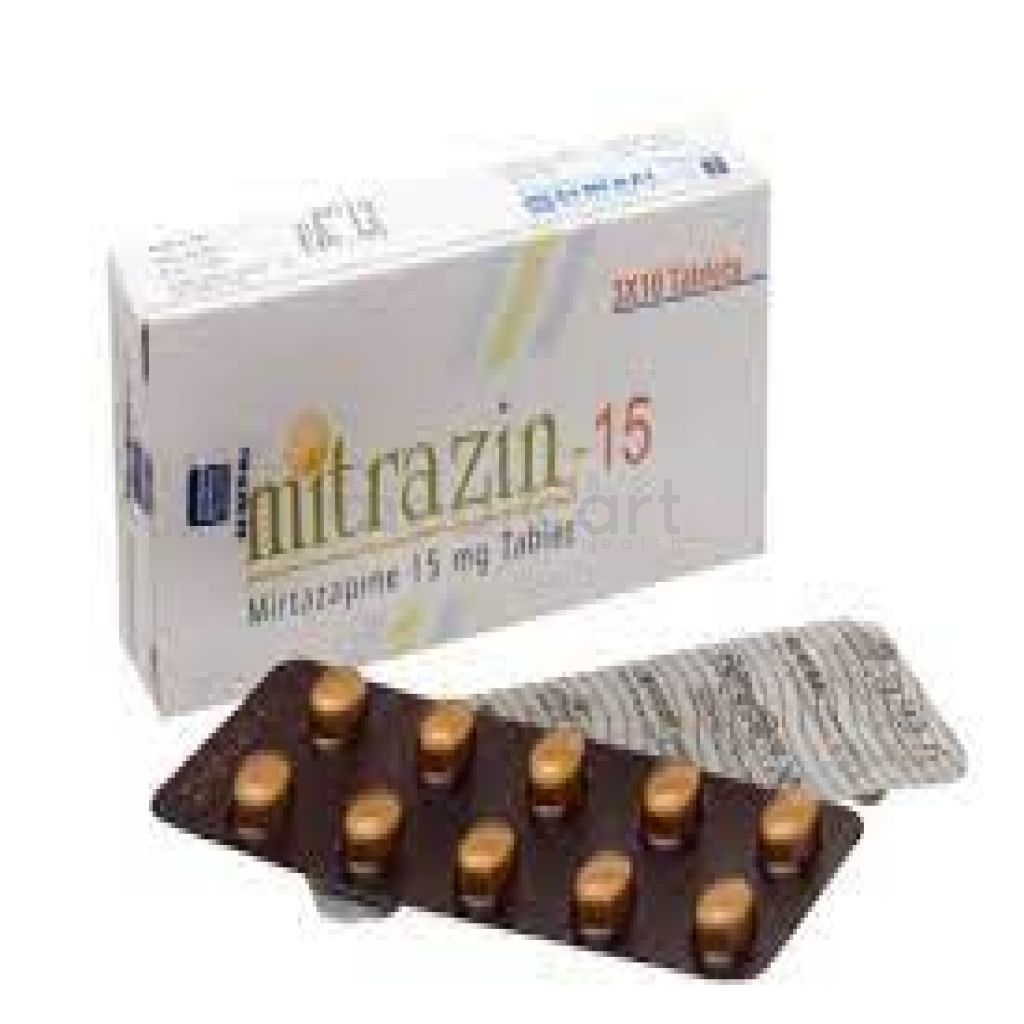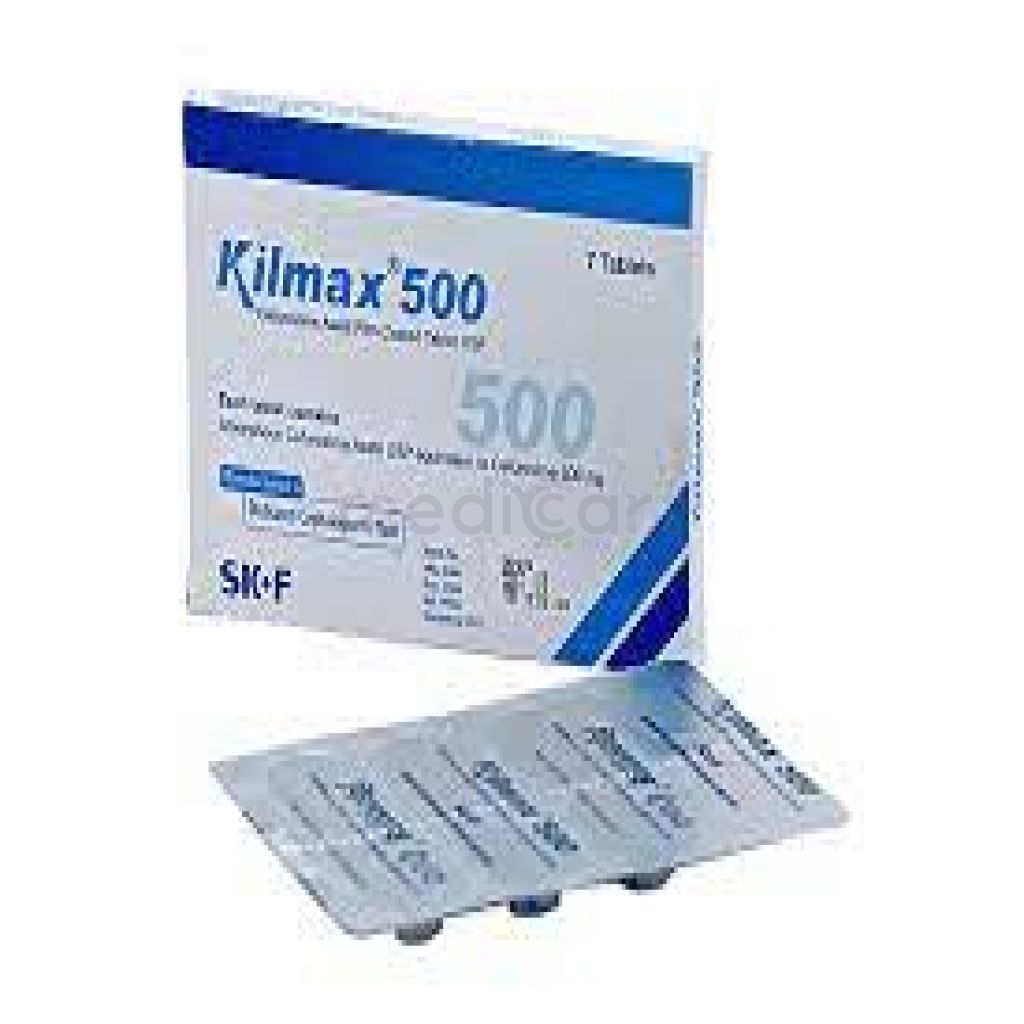

Glyset Mix - 300IU/ml
Injection* Delivery will be done in Dhaka city only.
More Information About - Glyset Mix - 300IU/ml
Description
Generic Name
Insulin Aspart
Precaution
Pregnancy (insulin requirements tend to fall during the 1st trimester, increase during the 2nd and 3rd) and lactation. Caution with decreased insulin requirements: Diarrhea, nausea/vomiting, malabsorption, hypothyroidism, renal impairment, hepatic impairment Hypokalemia may occur Use with caution in renal and hepatic impairment (dosage requirements may be reduced) Caution with increased insulin requirements: Fever, hyperthyroidism, trauma, infection, surgery Lactation: Safe to use while breastfeeding
Indication
Diabetes mellitus
Contra Indication
Hypoglycaemia. Hypersensitivity to any of the components.
Dose
N/A
Side Effect
Allergic reactions. Injection site reaction, lipodystrophy, pruritus, rash, lipoatrophy, hypokalaemia, blurred vision. Hypoglycaemia, insulin resistance.
Pregnancy Category
Name : Not Classified
Description
FDA has not yet classified the drug into a specified pregnancy category.Mode of Action
Insulin aspart, a rapid-acting analog of human insulin, lowers blood glucose levels; it regulates carbohydrate, protein and fat metabolism by inhibiting hepatic glucose production and lipolysis, and enhancing peripheral glucose disposal.
Interaction
Effects may be increased by: oral antidiabetic agents, ACE inhibitors, disopyramide, fibrates, fluoxetine, MAOIs, propoxyphene, salicylates, somatostatin analog (e.g., octreotide), sulfonamide antibiotics. Effects may be decreased by: corticosteroids, niacin, danazol, diuretics, sympathomimetic agents, isoniazid, phenothiazine derivatives, somatropin, thyroid hormones, oral contraceptives, lithium. Signs of hypoglycaemia may be masked by beta-blockers, clonidine.
Pregnancy Category Note
Pregnancy Available information from published randomized controlled trials during second trimester of pregnancy have not reported association with insulin aspart and major birth defects or adverse maternal or fetal outcomes Poorly controlled diabetes in pregnancy increases the maternal risk for diabetic ketoacidosis, preeclampsia, spontaneous abortions, preterm delivery, stillbirth and delivery complications Poorly controlled diabetes also increases fetal risk for major birth defects, and macrosomia related morbidity Animal data In animal reproduction studies, administration of subcutaneous insulin aspart to pregnant rats and rabbits during period of organogenesis did not cause adverse developmental effects at exposures 8-times and equal to human subcutaneous dose of 1 unit/kg/day, respectively; pre- and post-implantation losses and visceral/skeletal abnormalities were seen at higher exposures, which are considered secondary to maternal hypoglycemia; these effects were similar to those observed in rats administered regular human insulin Lactation There are no data on presence of insulin in human milk, effects on breastfed infant, or on milk production; one small published study reported that exogenous insulin, including insulin aspart, was present in human milk; however, there is insufficient information to determine effects of insulin aspart on breastfed infant; developmental and health benefits of breastfeeding should be considered along with mother’s clinical need for therapy, and any potential adverse effects on breastfed infant from drug, or from underlying maternal condition
Adult Dose
Subcutaneous Type 1 Diabetes Mellitus Improvement of glycemic control in adults and children with diabetes mellitus May administer 0.2-0.6 unit/kg/day in divided doses; conservative doses of 0.2-0.4 unit/kg/day often recommended to reduce risk of hypoglycemia Total maintenance daily insulin requirement may vary; it is usually between 0.5 and 1 unit/kg/day; nonobese may require 0.4-0.6 unit/kg/day; obese may require 0.6-1.2 units/kg/day Type 2 Diabetes Mellitus Diabetes inadequately controlled by diet, weight reduction, exercise, or oral medication Initial: 0.2-0.4 units/kg/day SC divided q8hr-q12hr. And an intermediate (eg, NPH) or long-acting insulin at bedtime recommended; Hepatic impairment: Dosage reduction may be needed. Dosing Considerations When used in a meal-related SC injection treatment regimen, 50-75% of total insulin requirements may be provided by an intermediate-acting or long-acting insulin; the remainder is divided and provided before or at mealtimes as a rapid-acting insulin, such as insulin aspart Dosage must be individualized; blood and urine glucose monitoring is essential in all patients receiving insulin therapy
Child Dose
Subcutaneous Type 1 Diabetes Mellitus Improvement of glycemic control in adults and children with diabetes mellitus >2 years: May require 0.8-1.2 units/kg/day SC during growth spurts; adolescents may require <1.2 units/kg/day; otherwise, may use 0.5-1 unit/kg/day
Renal Dose
Renal impairment: Dose adjustments may be needed.
Administration
SC injection Should be taken with food. Administer immediately within 5-10 minutes before a meal. When administered by SC injection, insulin aspart should generally be used in regimens with an intermediate- or long-acting insulin Administer subcutaneously in the upper arm, thigh or abdominal wall. A subcutaneous injection into the abdominal wall results in a faster absorption than from other injection sites. Injection sites should be rotated within the same region to reduce the risk of lipodystrophy
Disclaimer
The information provided herein are for informational purposes only and not intended to be a substitute for professional medical advice, diagnosis, or treatment. Please note that this information should not be treated as a replacement for physical medical consultation or advice. Great effort has been placed to provide accurate and comprehensive data. However, Medicart along with its authors and editors make no representations or warranties and specifically disclaim all liability for any medical information provided on the site. The absence of any information and/or warning to any drug shall not be considered and assumed as an implied assurance of the Company.








